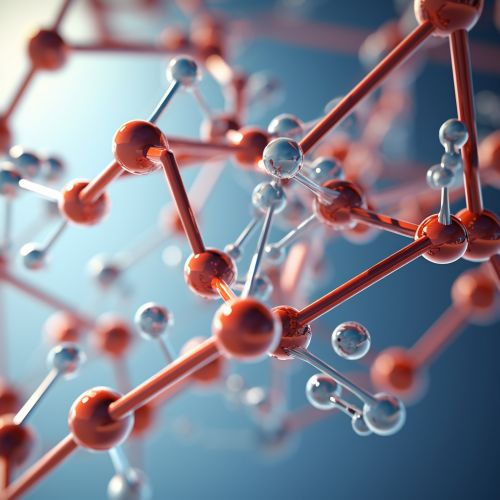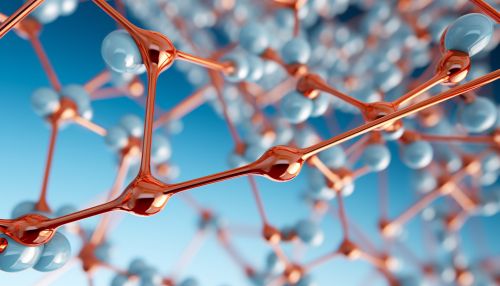Alkaloid
Introduction
Alkaloids are a group of naturally occurring chemical compounds that mostly contain basic nitrogen atoms. This group also includes some related compounds with neutral and even weakly acidic properties. Some synthetic compounds of similar structure may also be termed alkaloids. In addition to carbon, hydrogen and nitrogen, alkaloids may also contain oxygen, sulfur and, more rarely, other elements such as chlorine, bromine, and phosphorus.
Classification
Alkaloids are classified by their common molecular precursors, based on the biological pathway used to construct the molecule. The main classes of alkaloids include pyridine and piperidine, tropane, isoquinoline, and indole alkaloids, which includes the purine alkaloids such as caffeine and theobromine. Other classes include the imidazole alkaloids, quinazoline alkaloids, quinoline and acridine alkaloids, steroidal and terpenoid alkaloids, amino acid alkaloids, and the peptide and cyclopeptide alkaloids.


Biosynthesis
The biosynthesis of alkaloids is complex and involves a range of biochemical reactions. The basic amino acids phenylalanine, tyrosine, tryptophan, and histidine are the primary precursors to alkaloids. These amino acids are synthesized in plants from primary metabolites derived from glycolysis and the citric acid cycle. The biosynthesis of alkaloids from amino acids is a multi-step process that involves modifications to the amino acid molecule such as alkylation, hydroxylation, oxidative degradation, condensation, and cyclization.
Properties and Reactions
Alkaloids have diverse and important physiological effects on humans and other animals. They have been used in medicine for their analgesic, antispasmodic, and bactericidal effects, among others. Alkaloids can be toxic and have been used as poisons. The physiological effects of alkaloids are diverse. Some alkaloids are analgesic, others are used for the treatment of asthma and whooping cough. Some can be used to relax muscles, others can produce hallucinations. Alkaloids can also protect plants from insects and other animals.
Extraction and Detection
The extraction and detection of alkaloids is a complex process that involves several steps. The first step is the extraction of the alkaloids from the plant material, which can be achieved using various solvents. The extracted alkaloids are then purified and isolated. The detection of alkaloids is usually achieved through chromatographic techniques, such as thin-layer chromatography (TLC), high-performance liquid chromatography (HPLC), and gas chromatography (GC). These techniques allow for the separation and identification of individual alkaloids in a mixture.
Applications
Alkaloids have found wide use in modern medicine due to their potent physiological effects. They are used in analgesics, antimalarials, and anticancer drugs, among others. Some alkaloids are also used in research, such as the use of alkaloid probes in the study of cellular processes and the use of alkaloids in the development of new pharmaceuticals.
